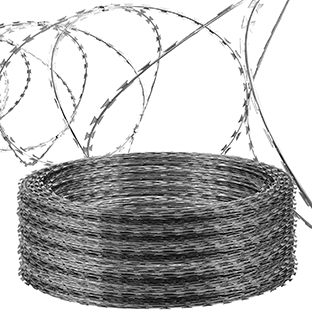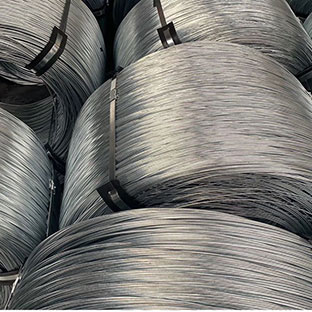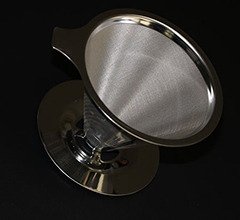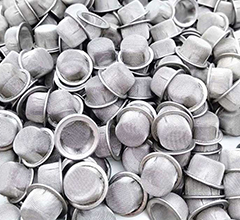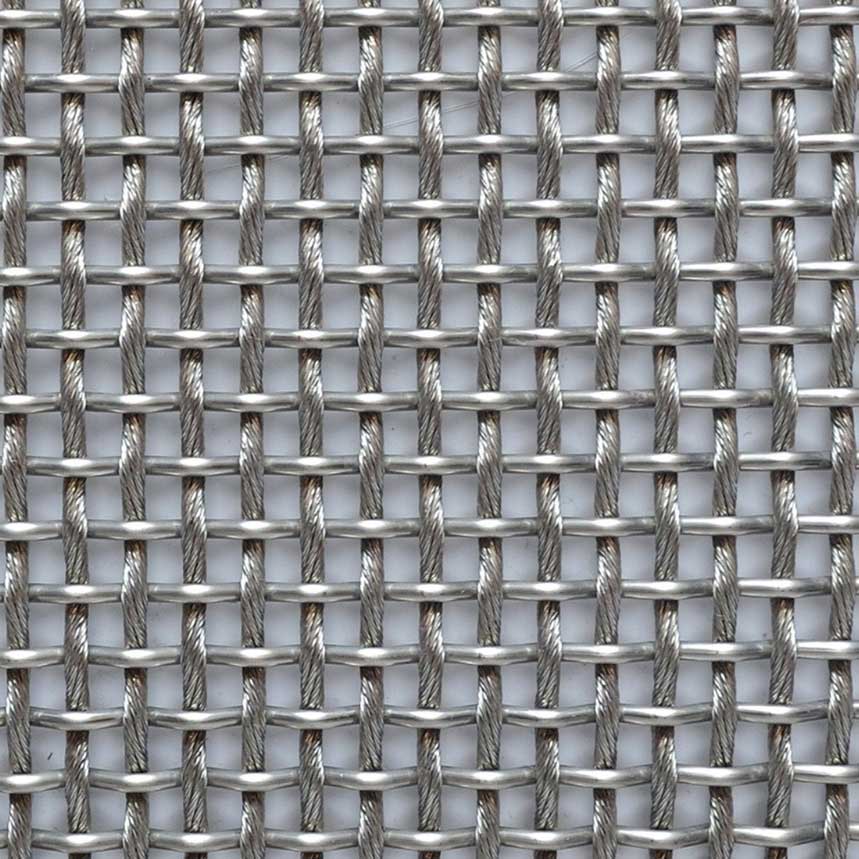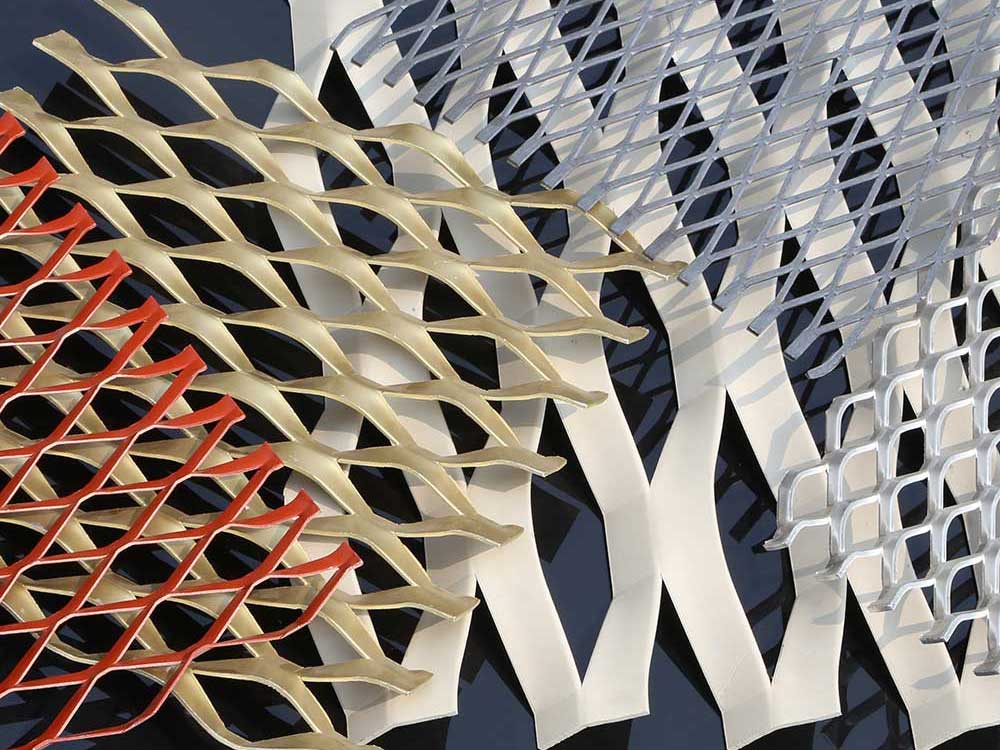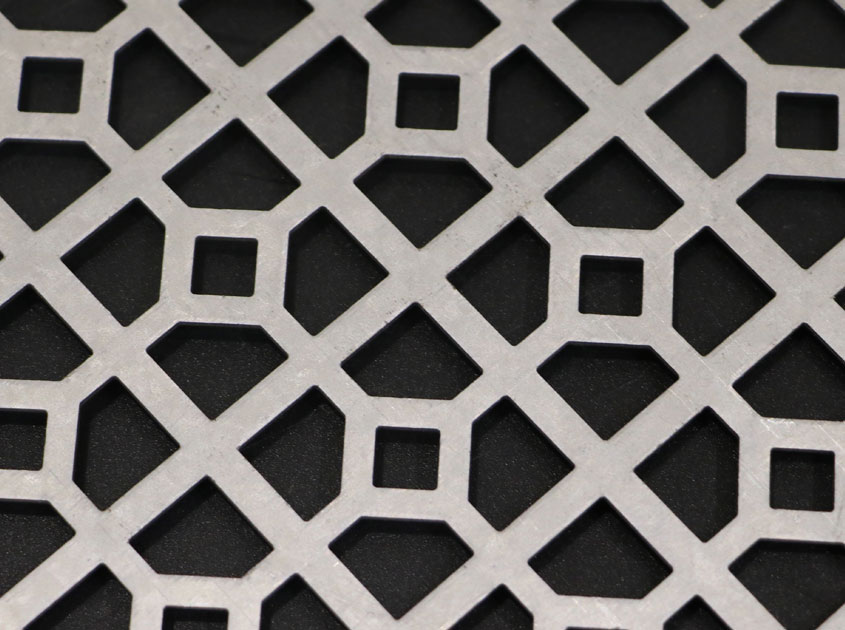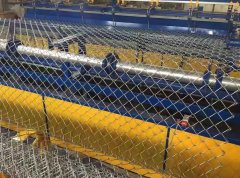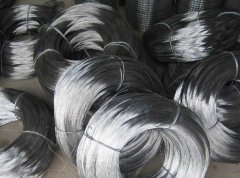Small coil wire, often referred to as tie wire or baling wire, may seem inconspicuous, but it serves as a crucial and unseen backbone in various industries. Its versatility, strength, and adaptability make it an indispensable tool across a wide array of applications. In this article, we'll explore the significance of small coil wire and its essential role in supporting perse industries.
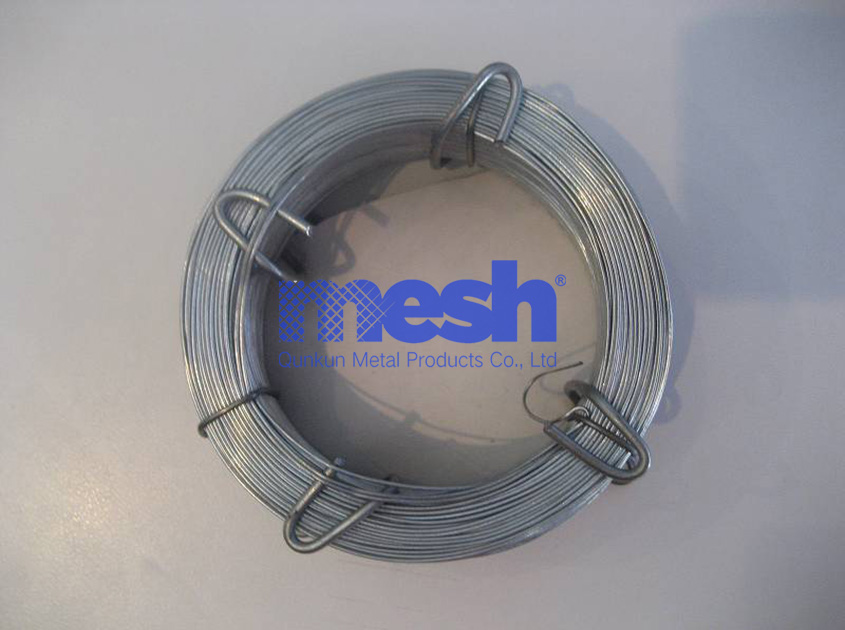
Introduction to Small Coil Wire
Small coil wire is typically a thin and flexible wire wound into compact coils. It is manufactured from various materials, including galvanized steel, stainless steel, or coated wire. The wire's small diameter and ease of use make it an ideal choice for numerous applications across different sectors.

Applications of Small Coil Wire
Construction Industry
In the construction industry, small coil wire is extensively used for securing and binding materials. It's employed to tie rebar together, ensuring the structural integrity of concrete structures. The wire's flexibility allows for easy tying, making it a valuable tool for construction workers.
Agriculture
Small coil wire plays a pivotal role in the agricultural sector. It's used for baling hay, straw, or other crops, facilitating efficient storage and transportation. Farmers rely on small coil wire to bundle and secure harvested crops, streamlining the farming process.
Packaging and Recycling
In packaging and recycling facilities, small coil wire is utilized to secure and bundle products for shipping or recycling. Its ability to provide a tight and secure hold is essential in maintaining the integrity of packaged goods and ensuring safe transportation.
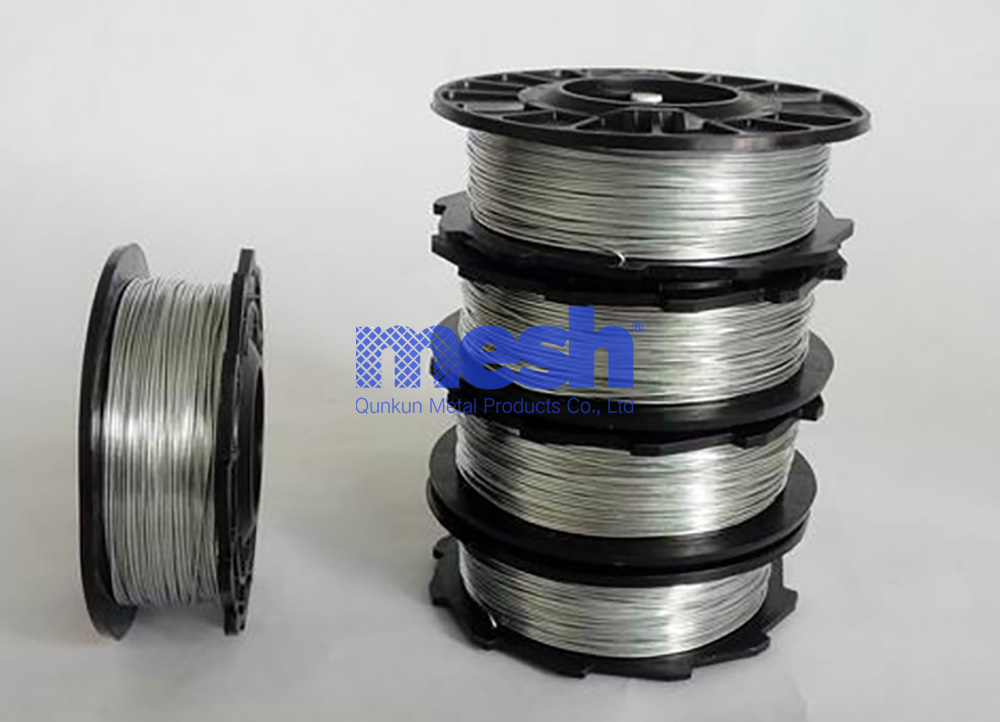
Small coil wire may be diminutive in appearance, but its impact on various industries is significant and far-reaching. From construction and agriculture to packaging and recycling, the versatility and strength of small coil wire make it an indispensable component in today's industrial landscape.


.jpg)




.png)






































